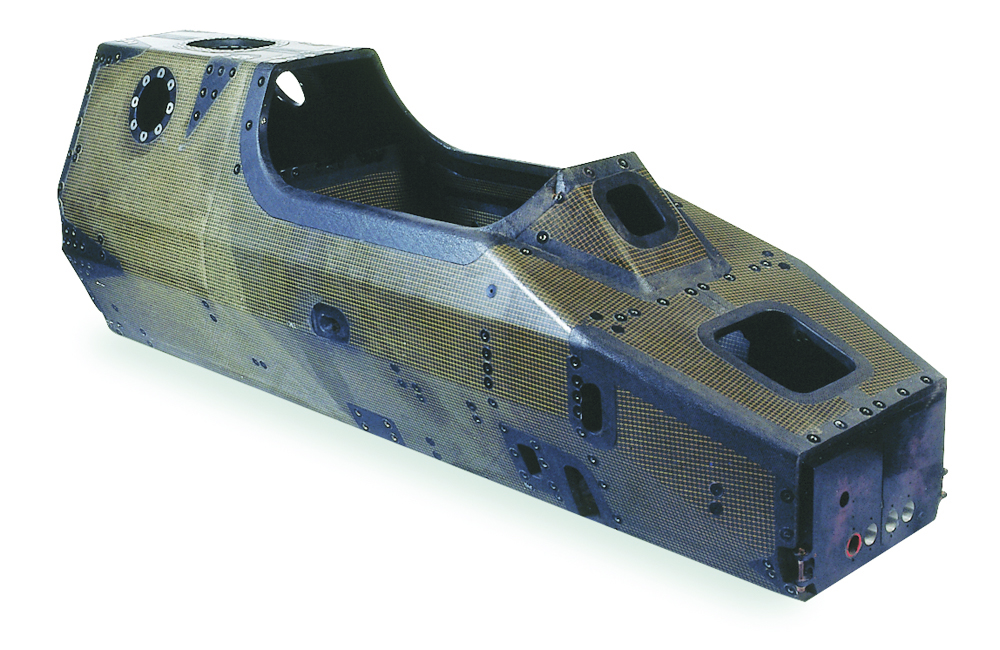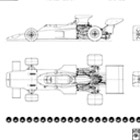The Carbon-Fibre Composite Chassis is #1 on the top 10 Biggest Technical Revolutions in Formula 1
A recent story on the official F1 site about the biggest technical revolutions in Formula 1 of course had plenty of Team Lotus content…. but the story of the #1 item on the list might raise a few comments from Lotus aficionados.

The full feature includes several ‘Revolutions’ that were conceived, pioneered or developed by Team Lotus including: at #9 ACTIVE SUSPENSION (type 99T below), the MONOCOQUE CHASSIS at #7, GROUND EFFECT at #4 and at #2 the first use of WINGS. (We might feature stories on some of these in posts to follow).
At #1 on the list was a development that is somewhat misleadingly attributed solely to John Barnard and McLaren. The Carbon-Fibre Composite chassis for Formula 1. Contrary to popular belief that it was the McLaren MP4/1 and, although ultimately it never officially raced in a Grand Prix, the Lotus Type 88 was actually the worlds first Formula 1 car built with a ‘carbon-fibre’ chassis to take to the track. And, to trump McLaren, the Lotus chassis, first seen on the Essex liveried Type 88 (below) was built ‘in-house’ by Team Lotus at Ketteringham Hall.
Perhaps inevitably, given the brouhaha over the ‘twin-chassis’ on the previous years Type 86, the legal complications with the Type 88 began almost immediately. On its official debut the United States Grand Prix West at Long Beach, the car, with De Angelis behind the wheel managed to pass through scrutineering and performed reasonably well in practice. But, before long, proceedings were halted by a chorus of disapproval from rival teams and a stewards’ statement was issued at 6pm on the Friday evening before the race.
Briefly, the stewards found for the protesters, removing the car from the race and insisting that the Type 88’s practice times should not be allowed to stand. Colin Chapman naturally objected and appealed, being given leave to start the race on the understanding that, should his appeal be turned down, any points won by the Type 88 would be discounted immediately.
By the end of April things looked even worse, with Colin announcing his decision to withdraw from the San Marino GP as he had insufficient time to prepare alternative competitive cars in the light of the ban on his Type 88. This was the first time the name of Lotus had been absent from the Formula 1 grid since it joined the series in 1958. Rather than remain outside F1, Monaco saw Lotus represented by new car – the Type 87, albeit one based around the Type 88’s carbon-fibre monocoque.
By the time the British round at Silverstone (above) was due, additional equipment was transferred to the Type 88’s controversial main bodywork, which Colin now referred to as one of the car’s ‘two sprung structures’. The RAC organisers of the British GP, permitted the car (now known as the Type 88B) to practice despite FISA protests. However, Ferrari, Alfa Romeo and Talbot Ligier stepped up to complain, and Team Lotus was once again, forced to withdraw the Type 88.
To see the official F1 feature go to: https://www.youtube.com/watch?v=0VclWzlhtFg



